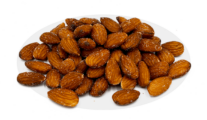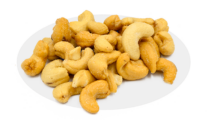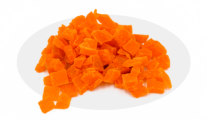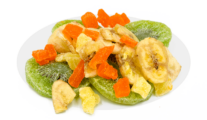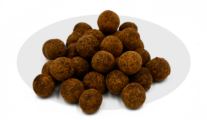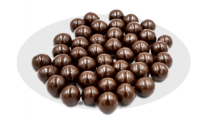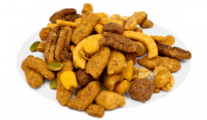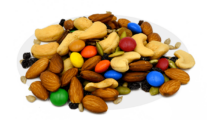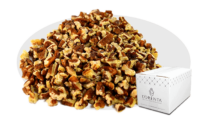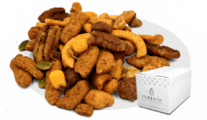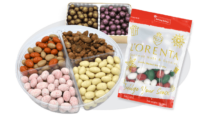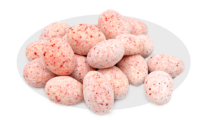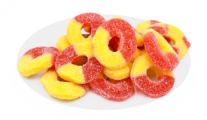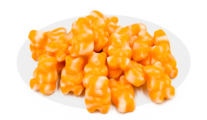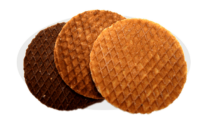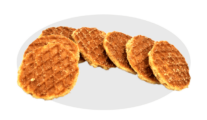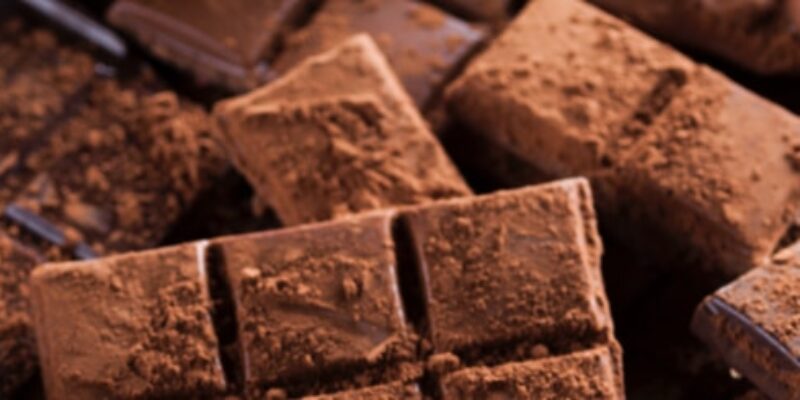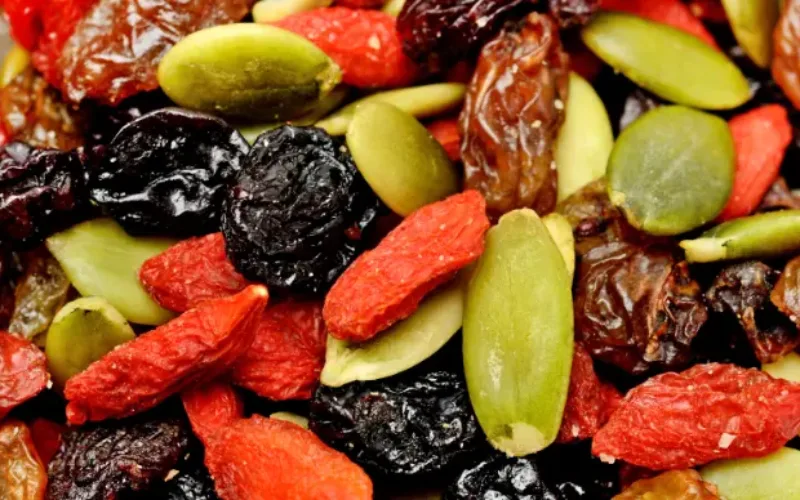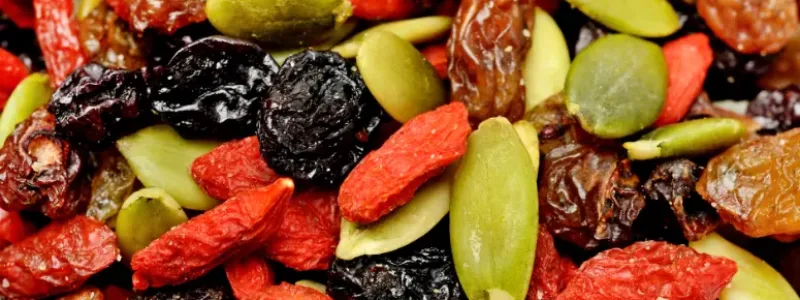Written By Sam Henselijn
Learn More About Chocolate. Chocolate has a long and fascinating history, with origins going back thousands of years to the ancient Aztec, Maya and Olmec cultures. Today, it has pretty much transcended all borders and languages. It’s basically everyone’s favorite delicacy – and no wonder too. The taste is nothing short of divine. But what kind of magic do they put in it, anyway? Keep reading to learn more about chocolate, including several common doubts and curiosities.
Learn More About Chocolate
Is red velvet chocolate?
Red velvet is a popular cake flavor that consists of bright red cake layers combined with creamy and tangy cream cheese frosting. Although the recipe does contain a small amount of cocoa powder in it, it’s not typically considered to be a chocolate cake itself. The end product tastes like very mild cocoa with a slightly tart edge.
Fun fact: the original recipe didn’t include the red dye. The natural hue was the result of mixing cocoa powder, vinegar and buttermilk. The chemical reaction between these acidic ingredients gives the cake a deep maroon color.
What is white chocolate?
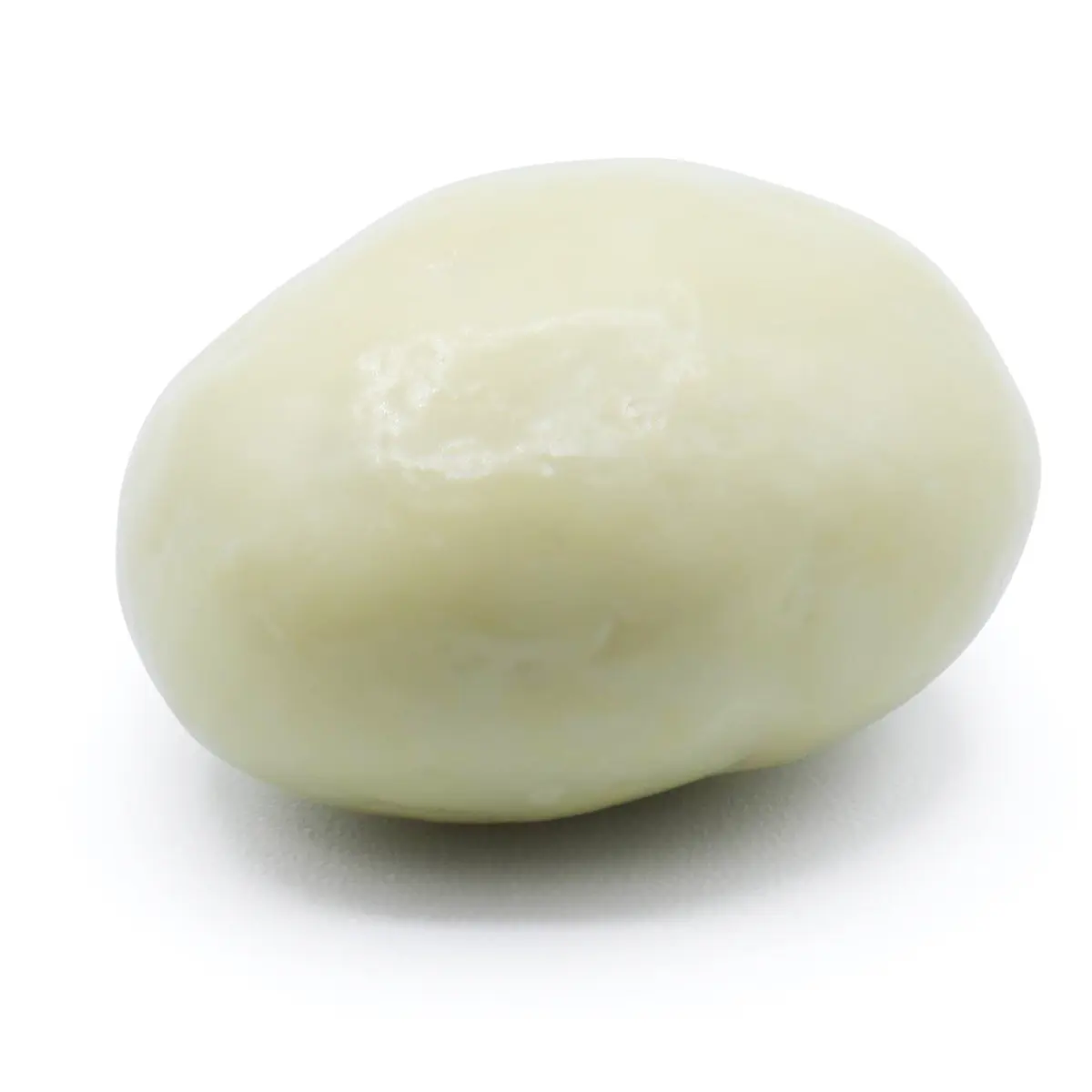
White chocolate is a delicate tasting, ivory-colored confectionary made from cocoa butter. The taste is rich and creamy with a very smooth, buttery texture.
To answer the age old question – is white chocolate real chocolate? Legally yes. While purists may disagree, white chocolate is still chocolate since it contains cocoa butter which is a cocoa bean product. The fact remains that it does not contain any cocoa solids, only cocoa butter. By American FDA standards, white chocolate must contain a minimum of 20% cocoa butter and a minimum of 14% total milk solids to be labeled as such.
How to make chocolate
The two main ingredients in chocolate are cocoa beans and cocoa butter. The beans are roasted, shelled and broken into what are known as cocoa nibs. Cocoa butter is the fatty part of the cacao beans, added to chocolate for a creamier texture. Most chocolate also contains sugar and other ingredients like milk powder.
Making chocolate at home is possible too. While the process is long and laborious, it’s also fun and creative. For a simple DIY method you can whip out from the comfort of your kitchen, all you need is cocoa butter, cocoa powder, milk powder, and confectioners’ sugar. Melt everything together in a double boiler until smooth and creamy, pour the mixture into a candy mold and let it harden in the fridge for 1-2 hours. Voilà, you’ve made chocolate!
How to temper chocolate
Tempering chocolate basically means to heat then cook it in a way that improves its consistency and durability. Tempered chocolate is glossy, has a firm snap to it and melts smoothly.
The process begins by melting 2/3 of your chocolate in a double boiler, stirring often, until the thermometer registers 115°F for dark chocolate or 110°F if tempering milk or white chocolate.
The next step is to remove it from heat and gradually add in the remaining chocolate to bring the temperature down, stirring constantly. You want the temperature to drop to 84°F, which can take up to 15 minutes.
Finally, you need to reheat the chocolate slightly until it reaches 90°F. This is called the “working temperature.” This is it. Now the chocolate is properly tempered and ready to use.
Is chocolate gluten free?
Technically, yes. Dark, milk, and white chocolate don’t contain gluten. But celiacs still need to watch out for any additions, as some brands include gluten-based ingredients. It’s also common to have chocolate made in a factory where gluten is used.
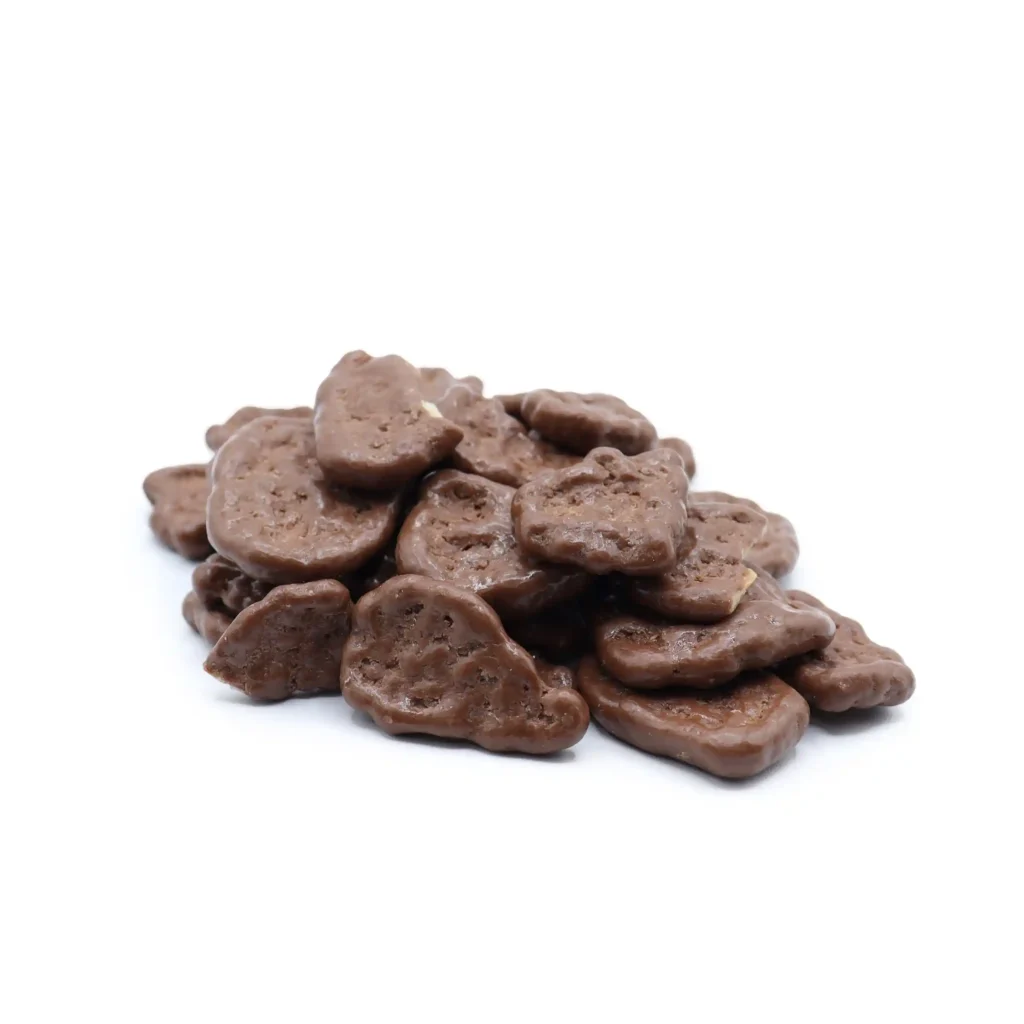
Is chocolate vegan?
It depends. A lot of milk chocolate and white chocolate will have some type of dairy in its composition. Look for chocolate bars with a minimal amount of ingredients that consist of chocolate liquor, sugar, and cocoa butter only. Dark chocolate is also a great option for vegans!
Discover our delicious chocolate products
If you were looking to learn more about chocolate, we think it’s safe to say you’re a chocoholic, right? Well, welcome to the club! We offer all sorts of chocolate treats at L’Orenta Nuts. From dark chocolate pretzel bites and milk chocolate malted milk balls to our Tuxedo Popcorn Mix with caramel corn drizzled in both milk and white chocolates, and these irresistible white chocolate coconut almonds – there’s something for everyone.
Sam Henselijn Author’s Biography – Meet L’Orenta Nuts CEO
Copyright 2024 L’Orenta Nuts
L’Orenta Nuts proudly holds the SQF food safety certification, symbolizing our unwavering dedication to upholding the highest standards of food safety and quality. This certification guarantees that our products undergo rigorous scrutiny, ensuring transparency, traceability, and adherence to global food safety regulations for the utmost consumer confidence.
L’Orenta Nuts has the HACCP (Hazard Analysis and Critical Control Points) certification is a systematic approach to identifying, evaluating, and controlling food safety hazards. It ensures that food products are produced and handled in a manner that minimizes risks and complies with safety standards.
Our GMP (Good Manufacturing Practices) certification ensures that a manufacturing facility adheres to comprehensive quality and safety standards while producing pharmaceuticals, food, and other consumer goods, promoting consistency, quality, and compliance with regulatory requirements.
L’Orenta is an FDA-approved manufacturing facility and has met the rigorous standards set by the U.S. Food and Drug Administration. It demonstrates compliance with regulations, ensuring the production of safe and high-quality food products.


